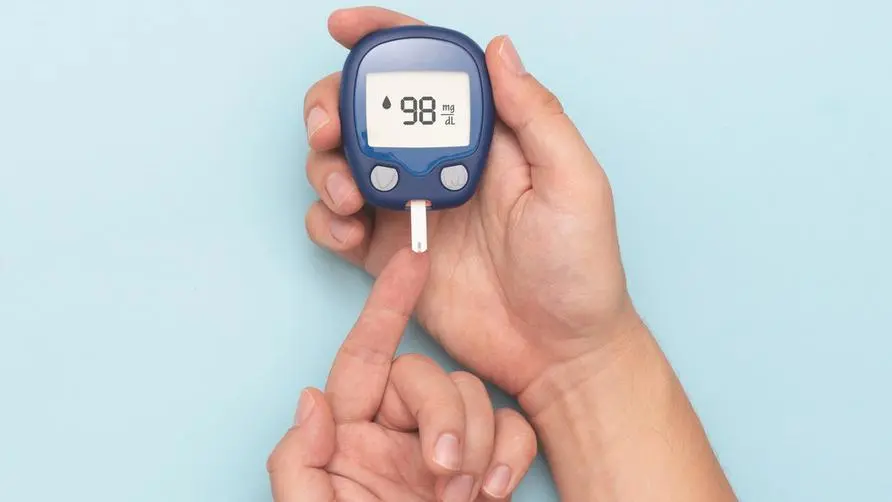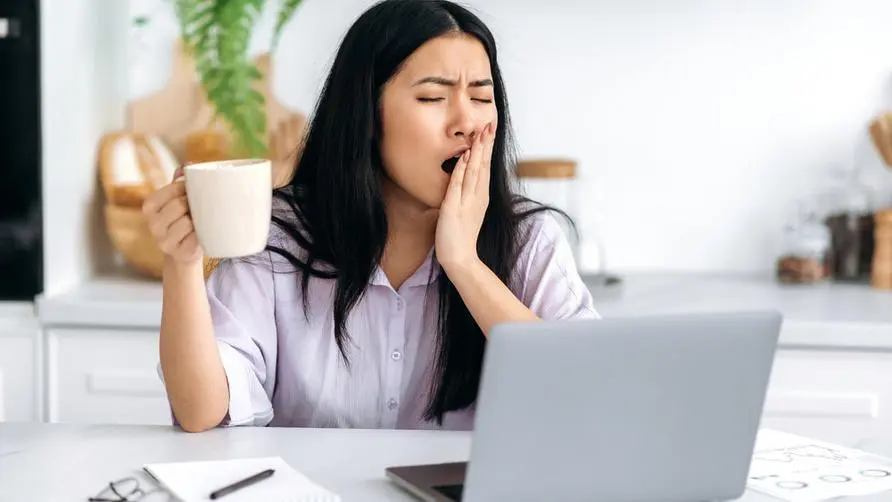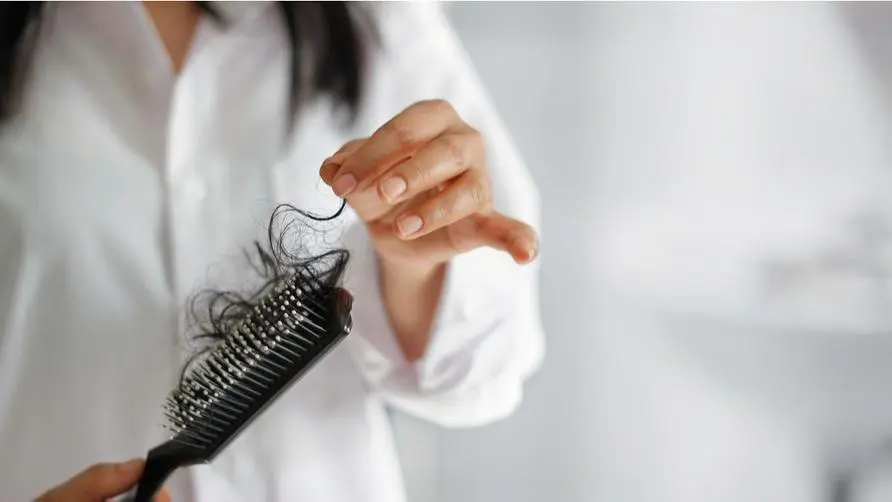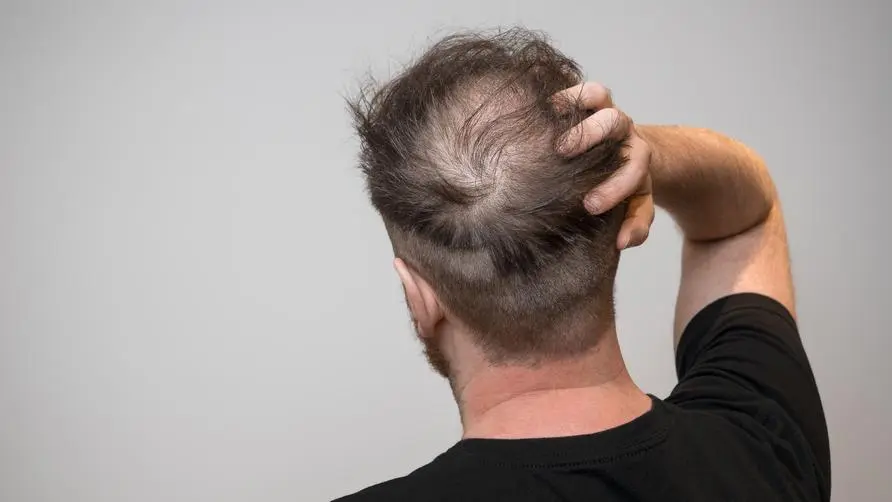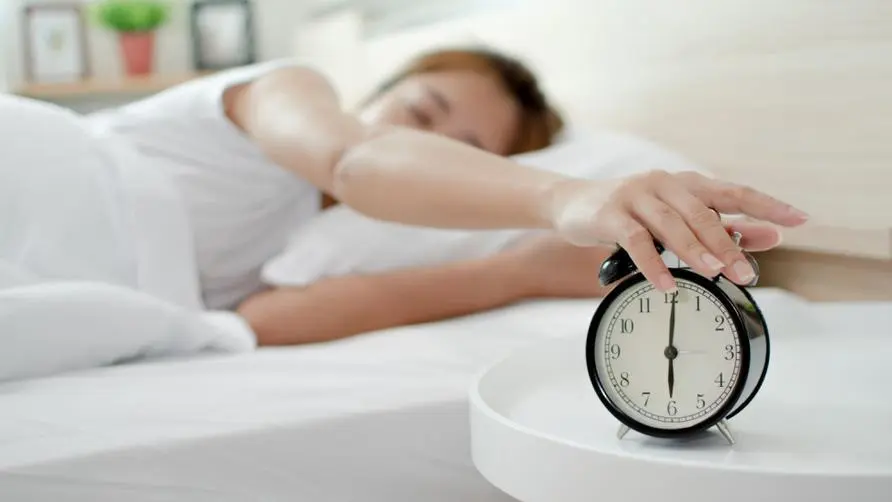Drinking hand-shaken drinks may cause hair loss in men! Study: More than 6 cups a week can damage hair follicles
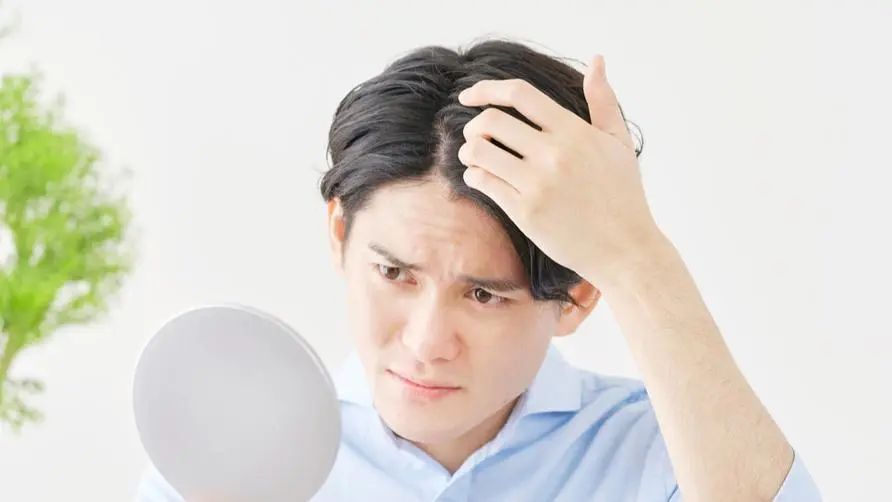
Regular drinking of “sugary drinks” such as cola, hand-shaken drinks, and fruit juices not only easily causes obesity and chronic diseases, but may even affect men’s hair growth? The latest research in “Nutrients” indicates that frequent consumption of sugary drinks may be related to “Male Pattern Hair Loss (MPHL)” which is common in men, especially among young men around the age of 30.
Drinking sugary drinks may cause hair loss in men! Study: More than 6 cups a week can damage hair follicles
A research team from Tsinghua University in China recruited 1,028 Chinese men for the trial. The subjects were mostly college students and teachers, with an average age of about 27.8 years old. Subjects must first complete assessment scales related to demographics, hair health status, eating patterns, lifestyle and psychological state; and fill out questionnaires related to intake of sugary drinks, such as fruit juices, energy drinks, sports drinks, and sugar-sweetened milk. products, coffee and tea.
Overall, more than half (57.6%) of the subjects had male pattern baldness, and the study found that the subjects’ hair loss was related to the following reasons:
Increase in age.
Smokers or those with a history of smoking.
Low educational level.
Less exercise.
Sleep for shorter periods of time.
Have suffered from severe post-traumatic stress disorder (PTSD).
Have a family history of male pattern baldness.
The hair has been dyed, permed, bleached or permed, etc.
The study further found that subjects with male pattern baldness ate more fried foods, high-sugar foods, candy and ice cream, and fewer vegetables than those without the condition. People with hair loss consume an average of 4.3 liters of sugary drinks per week, which is equivalent to 6 large hand-shaken drinks; while those without hair loss only consume 2.5 liters, or about 3 large hand-shaken drinks. The former consumes almost as much as the latter 2 times.
Is male pattern baldness more common than a decade ago? Are depression, anxiety, and dietary changes the main causes?
Dr. Zhao Ai (transliteration), author of the study and assistant professor at the School of Public Health of Tsinghua University in China, pointed out that male pattern baldness is the most common form of hair loss in men, affecting approximately 30-50% of men in China. Compared with 21.3% in 2010, about 27.5% of Chinese men will suffer from hair loss in 2021. The increasingly sophisticated food culture may be a major culprit.
Zhao Ai explained that the possible cause of hair loss caused by drinking sugary drinks is related to changes in the “polyol” pathway in the body. She believes that sugary drinks can easily affect the glucose metabolism of hair follicle stem cells, thereby leading to male pattern baldness. High-sugar diets are often accompanied by high fat intake and are also thought to be related to hair loss.
Zhao Ai added that previous studies have shown that high sugar intake is related to mental health problems. For example, a meta-analysis found that adult men who drank three cans of Coke a day had a 25% higher risk of depression than those who did not drink sugary drinks. %; and mental health problems often lead to male hormone imbalance, which in turn affects hair growth.
Will being diagnosed with COVID-19 result in “hairless hair on top”? Intensivist: 3 most common types of baldness
Not only is regular drinking of sugary drinks risky for hair loss, but if people are diagnosed with COVID-19, should they also be careful about the worsening of hair loss? Dr. Huang Xuan, an expert in critical care medicine, previously pointed out in a social post that many studies on COVID-19 have found that certain confirmed patients experience hair loss of varying severity after being infected with the virus. A study published in the American Academy of Dermatology showed that after analyzing the hair loss of 1,826 diagnosed patients, it was found that the three most common baldness patterns among diagnosed patients were as follows:
Androgenetic alopecia: 30.7% (mainly male, 86.4%)
Telegenic effluvium: 19.8% (mostly women, 80.7%)
Alopecia areata: 7.8% (mostly women, 60%)
The researchers further studied and found that male baldness will begin to appear “before the epidemic”; stress baldness is more common “after the epidemic”. Patients with chronic diseases are more likely to develop alopecia areata. As for when did you start losing your hair after contracting the epidemic? Dr. Huang Xuan explained that based on current research data, about 77% of patients will lose their hair 30 days after being infected with the epidemic, and 15% will lose their hair within 30-60 days. Each study is slightly different, but most occur within 1-3 months.
The degree of hair loss after infection may also be reflected in gender differences. Dr. Huang Xuan said that according to research, moderate to severe hair loss obviously occurs in women (about 54%), but only 9% in men. Taiwan’s research on hair loss after COVID-19 infection found that the ratio of men to women suffering from hair loss is 1:3, which means that women may be more susceptible to hair loss after the epidemic than men.
Dr. Huang Xuan also said that people infected with the epidemic do not need to worry too much. Hair loss symptoms after infection may be caused by excessive psychological stress. Most hair loss or hair loss will stop in 3-6 months, and the hair volume will gradually decrease. recover. Therefore, in view of hair loss after contracting the epidemic, it is recommended to adjust personal life and rest according to the guidelines published by the Taiwan Ministry of Health and Welfare, abide by epidemic prevention regulations, and avoid excessive panic and excessive stress on the body and mind.
Source:
The Association between Sugar-Sweetened Beverages and Male Pattern Hair Loss in Young Men
Post-COVID-19 hair loss: prevalence and associated factors among 5,891 patients
Alopecia in patients with COVID-19: A systematic review and meta-analysis
Time of onset and duration of post-COVID-19 acute telogen effluvium
Further reading:
